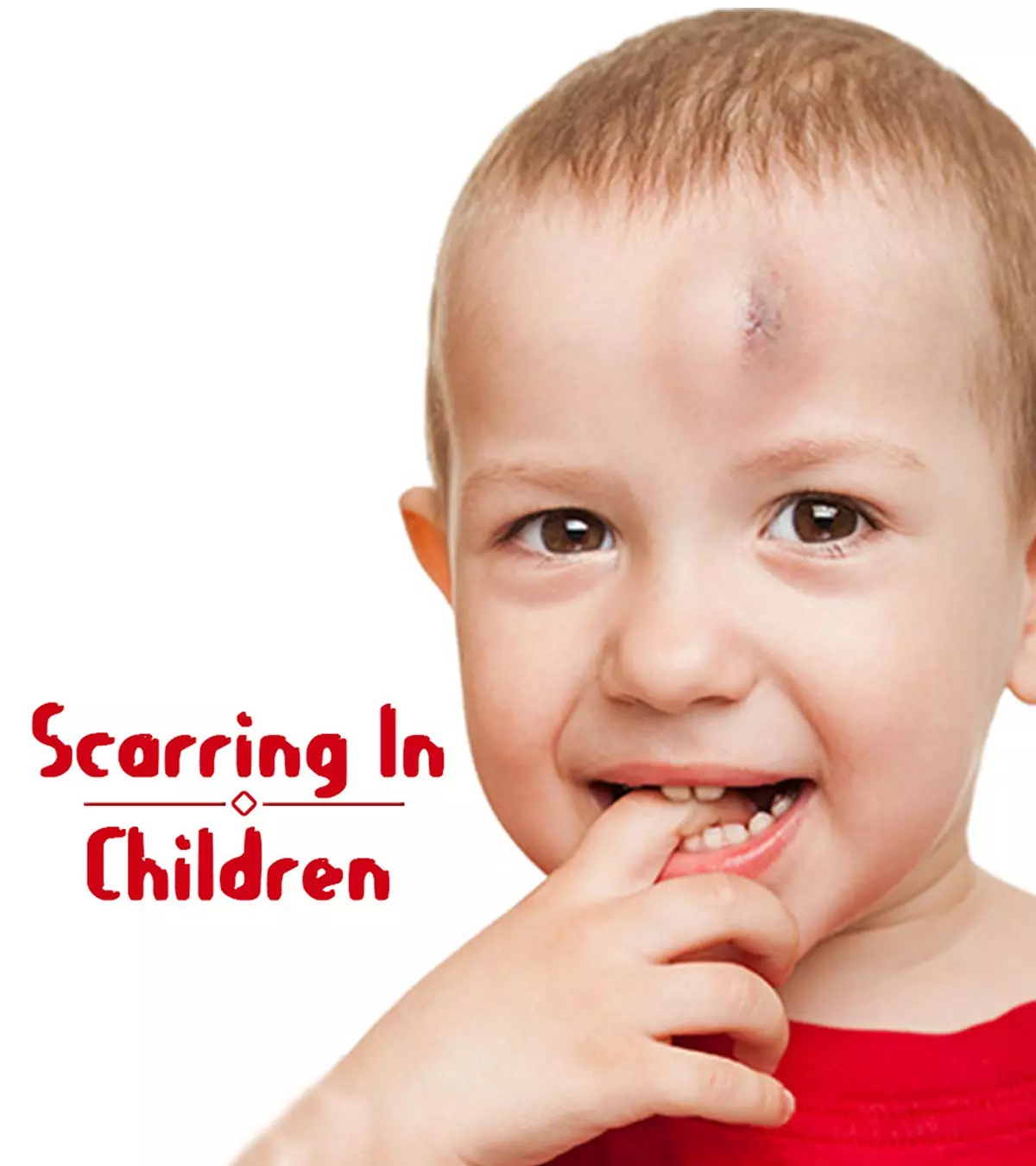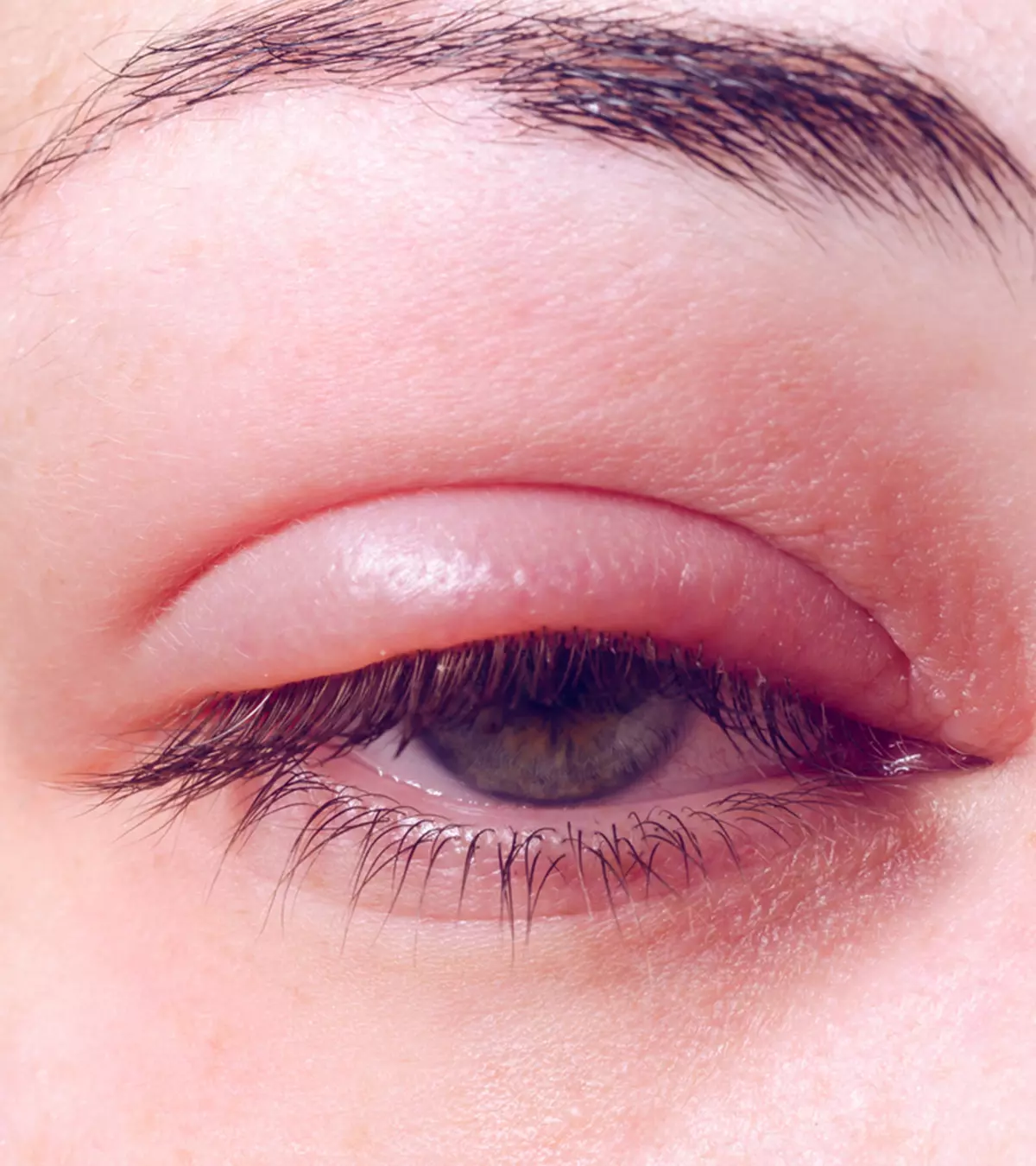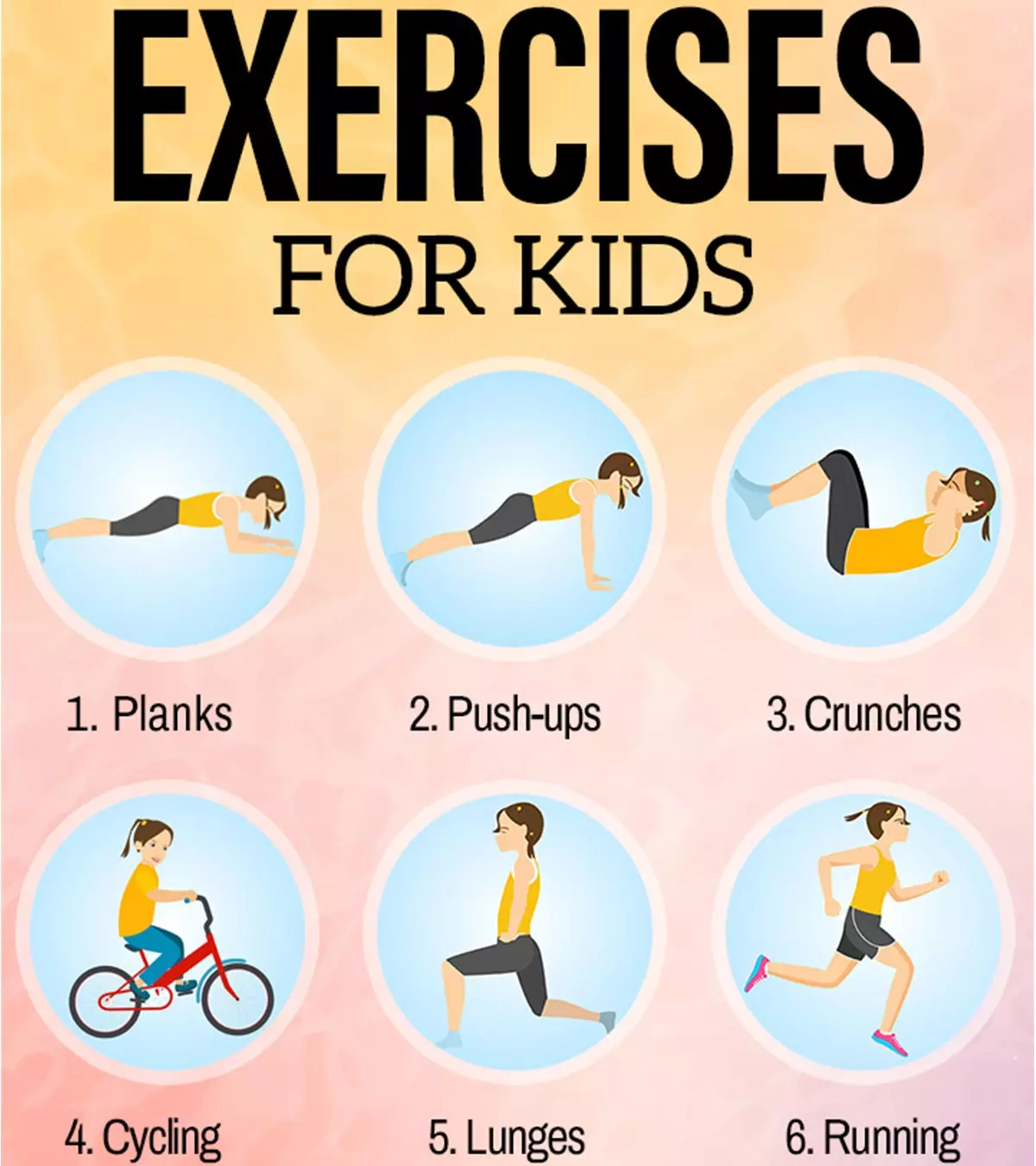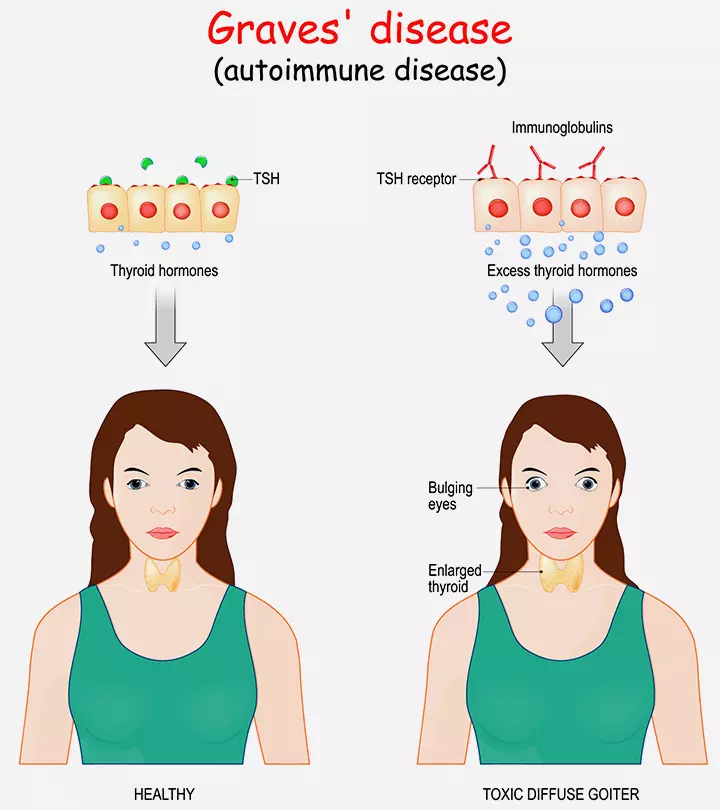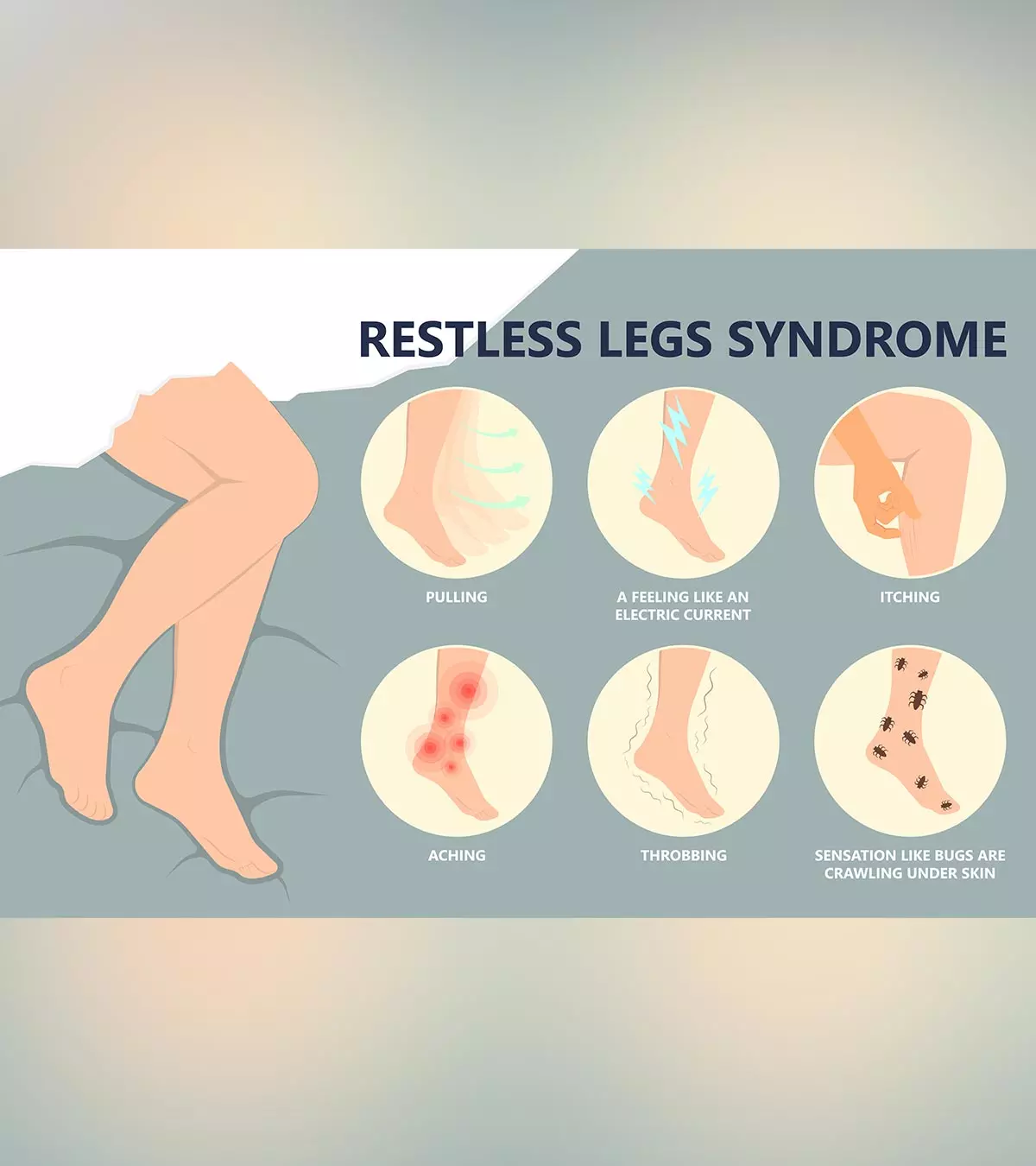
Image: iStock
How tall will my child be? Many parents have questions and concerns about their child’s height as they grow into adults. But, children’s growth is determined by several factors that may vary from child to child. Although predicting your child’s exact height may not be possible, certain techniques can help you get a rough estimate of their height as an adult. Understanding how tall your child might be alleviates parental concerns and helps in planning for their health and nutritional needs during their development. It allows parents to set realistic expectations and monitor their child’s development more effectively. This post will help you know about a child’s growth and the factors affecting their height.

Key Pointers
- A child might grow around two inches in a year from four to twelve years.
- However, family history, stages of growth, nutritional and health conditions are important factors contributing to children’s height.
- Every child’s growth pattern is different; hence do not worry if your child’s height is not as per the standardized growth charts.
- Make sure to visit their pediatrician to monitor their height and overall growth.
How Tall Could A Child Be?
Based on estimates, a child’s height is 80% influenced by genetic factors and the rest by environmental factors (such as nutrition). However, the effect of the genes on height is not completely understood. Children of tall parents are expected to be tall, this expectation applies to short parents too (1).
A child’s typical growth rate is found to be about two inches per year from the age of four until puberty for both boys and girls (2). The soft, developing tissues at the end of the bone, known as the growth plates, stop growing and stiffen once a child reaches puberty. While boys generally reach the end of their puberty at around 17-18 years, girls hit the end of puberty after two to three years of starting their periods, i.,e around 15 years of age (3). According to the Centers for Disease Control and Prevention (CDC), the average height for men and women in the US is 5’9” and 5’4”, respectively (4). Besides the statistical references, you may also refer to the growth chart below by CDC to understand how your child is growing.
| Age | Height – Females (in inches) | Height – Males (in inches) | Weight – Females (in pounds) | Weight – Males (in pounds) |
| 1 | 27 to 31 | 28 to 32 | 15 to 20 | 17 to 21 |
| 2 | 31.5 to 36 | 32 to 37 | 22 to 32 | 24 to 34 |
| 3 | 34.5 to 40 | 35.5 to 40.5 | 26 to 38 | 26 to 38 |
| 4 | 37 to 42.5 | 37.5 to 43 | 28 to 44 | 30 to 44 |
| 6 | 42 to 49 | 42 to 49 | 36 to 60 | 36 to 60 |
| 8 | 47 to 54 | 47 to 54 | 44 to 80 | 46 to 78 |
| 10 | 50 to 59 | 50.5 to 59 | 54 to 106 | 54 to 102 |
| 12 | 55 to 64 | 54 to 63.5 | 68 to 136 | 66 to 130 |
| 14 | 59 to 67.5 | 59 to 69.5 | 84 to 160 | 84 to 160 |
| 16 | 60 to 68 | 63 to 73 | 94 to 172 | 104 to 186 |
| 18 | 60 to 68.5 | 65 to 74 | 100 to 178 | 116 to 202 |
Source: Stanford Children’s Health
How To Estimate A Child’s Height?
The different techniques or methods you can use to get a close estimate of your child’s future height are as follows:
1. Two years times two method: It is based on the theory that a child’s height at an early age influences their adult height. You may use this when your child is two years old. For girls, at 18 months, this method can provide a close estimate since girls grow faster than boys. You need to multiply the height at two years, and this will give you a rough measure of your child’s height in adulthood (5). However, the efficacy of this technique has not been proven and lacks adequate research.
 Quick tip
Quick tip2. Mid-parental method: The mid-parental height method is based on the influence of the parents height on their children’s adult height (4).
- Add both the parents heights in inches and divide by two
- For boys, add 2 ½ inches to the entire equation
- For girls, subtract 2 ½ inches from the entire equation
Boys: [(Mother’s height + Father’s height) / 2] + 2.5 inches
Girls: [(Mother’s height + Father’s height) / 2] – 2.5 inches
3. Bone age assessment:
The bone age method is mostly used by pediatricians when a child shows unusual growth patterns. It is based on determining the child’s bone age by assessing the growth plates. These are soft cartilages found at the end of long bones. The growth plates determine the growth rate because these plates close once the bones stop growing. The assessment is carried out as follows (6) (7):

- An X-ray of the left wrist and hand, to check open growth plates.
- After determining the extent of the opening, the bone age is assigned that is different from the child’s age.
- The bone age provides a rough estimate of the height left to attain by assessing the growing pattern of the bones.
4. Height calculator:
A height calculator can help you understand your child’s future height. You may try the child height calculator, whose predictions are based on the parents’ height and the child’s current height, weight, and age.
5. Khamis-Roche method: The Khamis-Roche height predictor consists of arrays of calculations from a linear combination of a child’s height and weight, along with mid-parental height to predict the adult height and stature of the child. The calculation also considers sex- and age-specific coefficients for ages 4–17.5 years (8) (9).
What Factors Affect A Child’s Height?
Factors that can influence the growth of children include:
1. Family history and genetics: As mentioned above, children are likely to inherit their height from their parents. A family history of short or tall stature can influence your child’s adult height due to the genetic makeup.
Genes may also play a role in determining the height of children. It is believed that boys may be taller than girls in some cases. This can be attributed to the fact that girls possess two X chromosomes and tend to reach adolescence earlier than boys.
2. Puberty: This is the maturation period when a child is going through different physical changes, such as facial hair, hair growth in the pubic and armpit area, and mild acne. There is a sudden peak in the typical growth of children as they reach puberty. Puberty can start anytime from eight years onwards (10).

3. Nutrition: It is evident that nutrition contributes to the child’s growth. Lack of adequate nutrition and a balanced diet can cause children to be short stature as they grow up. You should consult your child’s pediatrician to understand your child’s nutritional status (5) (10).
4. Health conditions: Some health conditions affecting the child’s height include (5):
- Reduced or excess growth hormone production leads to delayed growth or gigantism (characterized by extra height) than other children of the same age. Research indicates that pituitary gigantism may occur more often than reported, with roughly eight to 11 cases estimated per million people each year (11).
- Chromosomal abnormalities causing turner syndromeiA condition found in females where one of the two X chromosomes is absent or only partially present and down syndrome might lead to short stature and slow height development. According to studies, Turner syndrome affects approximately one in every 2,000 to 2,500 live female births, making it the most common chromosomal disorder in females (12). Similarly, the estimated incidence of Down syndrome is between one in 1,000 to one in 1,100 live births worldwide (13).
- Underlying morbidities, such as digestive problems, disorder of the kidney, heart or lung, and persistent stress.
- Children suffering from chronic illnesses, such as arthritis, cancer, asthma, Cushing disease, diabetes, sickle cell anemia, and celiac disease tend to be shorter than the average height of their age (14).
 Did you know?
Did you know?When Should You Worry About A Child’s Height?

Although slight deviations from the normal growth curve shouldn’t raise concerns, unusual growth can indicate an underlying condition. Therefore, you should consult a pediatrician in the following circumstances (15):
- Unusual increase in height compared to children of the same age. This can be the result of precocious puberty due to hormonal changes. The early start of puberty causes a rapid growth spurt that stops before the normal age and results in short stature as an adult.
- Slow growth can also indicate hormonal change. Abnormally short stature could result from growth hormone deficiency due to underlying pituitary damage.
- A child’s short stature or even an extreme height compared to their friends or peers can cause them to feel stressed or depressed, which requires immediate medical attention and support.
 Did you know?
Did you know?How Parents Can Support Their Child Grow Taller
Parents play a strong role in shaping a child’s habits, which directly affect their growth. From food choices to physical activity, what children see and do at home can support their height potential (16).
- Promote nutritious eating: Children tend to mimic adults. Children are more inclined to adopt those habits when parents choose meals rich in fruits, whole grains, vegetables, and lean proteins.
- Set an example through activity: Adults who stay active often encourage children to be active too, simply by doing it together.
- Discuss healthy habits: Talking about food and exercise in everyday situations can help children see the value in making good choices.
- Trust the process: Building better habits doesn’t happen overnight. Consistent effort as a family can lead to lasting improvements in health and growth.
Frequently Asked Questions
1. What is the most accurate height predictor?
According to the American Academy of Pediatrics, the bone age method, based on evaluating a child’s hand with the help of an X-ray, is one of the most accurate methods, among others (5).
2. Does height come from Mom or Dad?
The inheritance of height is influenced by both maternal and paternal sides (genetic) and environmental factors. The genes responsible for a person’s height follow a polygenic inheritance pattern, meaning multiple genes and mechanisms are involved (1).
3. Do grandparents affect the height of a child?
A child’s height has a complex genetic inheritance pattern and depends on several factors. However, one study revealed that a child’s height might strongly correlate with the paternal side of the family (especially the paternal grandfather) (17).
Worrying about your child’s growth and development is normal. But remember that each child is different in their physical development. Hence, do not worry if your child is not growing according to the standardized growth charts or is not going through a toddler growth spurt like their friends. Instead, observe their growth and follow up with the regular pediatrician visits to ensure a healthy, overall development while providing them with the best nourishment and support.
Infographic: Factors Influencing A Child’s Height
A child’s height is one of the aspects of their physical development that often intrigues parents, making them curious about how tall their child will be. If you are wondering about this characteristic, explore our infographic below to learn about the factors affecting a child’s height.
Some thing wrong with infographic shortcode. please verify shortcode syntaxReferences
- Is height determined by genetics?
https://medlineplus.gov/genetics/understanding/traits/height/ - The secret to knowing how tall your child will be.
https://www.childrensdayton.org/the-hub/secret-knowing-how-tall-your-child-will-be - How Tall Will Your Child Be?
https://health.clevelandclinic.org/child-growth-and-development - Americans Slightly Taller Much Heavier than 40 Years Ago.
https://webarchive.library.unt.edu/eot2008/20081015041044/http://www.cdc.gov/od/oc/media/pressrel/r041027.htm - Predicting a child’s adult height.
https://www.healthychildren.org/English/health-issues/conditions/Glands-Growth-Disorders/Pages/Predicting-a-Childs-Adult-Height.aspx - Is it possible to predict height?
https://www.hss.edu/article_pediatrics-is-it-possible-to-predict-height.asp - Arsalan Manzoor Mughal et al. (2014). Bone Age Assessment Methods: A Critical Review.
https://www.ncbi.nlm.nih.gov/pmc/articles/PMC3955574/ - Lisa Swartz Topor et al. (2013). Variation in Methods of Predicting Adult Height in Children with Idiopathic Short Stature.
https://www.ncbi.nlm.nih.gov/pmc/articles/PMC3793344/ - Physical changes during puberty.
https://www.healthychildren.org/English/ages-stages/gradeschool/puberty/Pages/Physical-Development-of-School-Age-Children.aspx - Physical changes during puberty.
https://www.healthychildren.org/English/ages-stages/gradeschool/puberty/Pages/Physical-Development-of-School-Age-Children.aspx - Hannah-Shmouni Fady et al; Genetics of Gigantism and Acromegaly.
https://www.sciencedirect.com/science/article/abs/pii/S1096637416300508 - Isojima Tsuyoshi and Susumu Yokoya; Growth in Girls with Turner Syndrome.
https://www.frontiersin.org/journals/endocrinology/articles/10.3389/fendo.2025.1068128/full - Down Syndrome.
https://www.un.org/en/observances/down-syndrome-day - Short stature.
https://ufhealth.org/conditions-and-treatments/short-stature - Growth problems in children.
https://www.urmc.rochester.edu/encyclopedia/content.aspx?contenttypeid=90&contentid=p01956 - My Child Wants to Grow Taller. What Should I Say?
https://kidshealth.org/en/parents/grow-taller.html - Gabrielle E Kelly et al. Body mass index is associated with the maternal lines but height is heritable across family lines in the Lifeways Cross-Generation Cohort Study.
https://bmjopen.bmj.com/content/4/12/e005732
Community Experiences
Join the conversation and become a part of our nurturing community! Share your stories, experiences, and insights to connect with fellow parents.
Read full bio of Dr. Elna Gibson
Read full bio of Aneesha Amonz
Read full bio of Dr. Ritika Shah
Read full bio of Vidya Tadapatri







